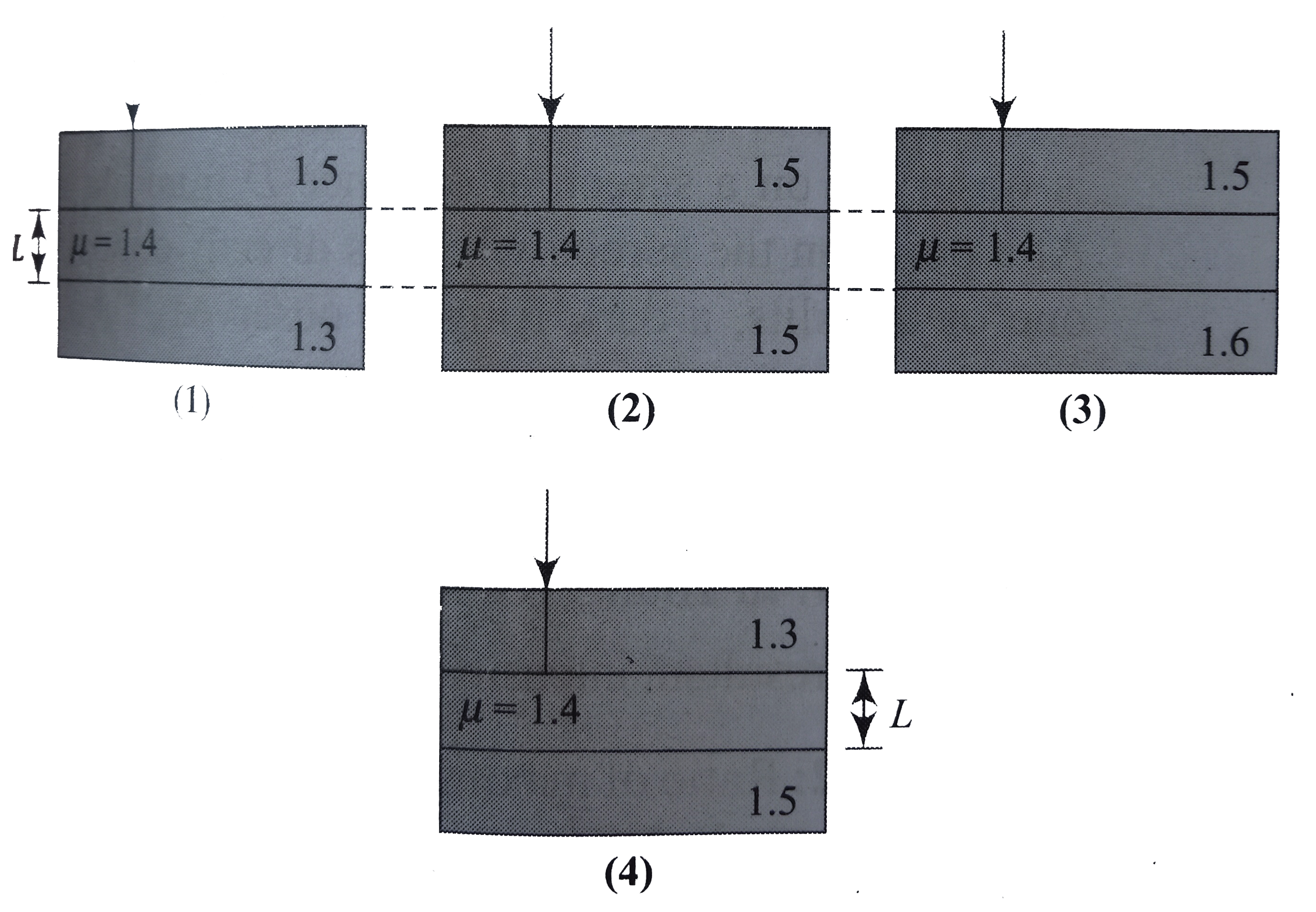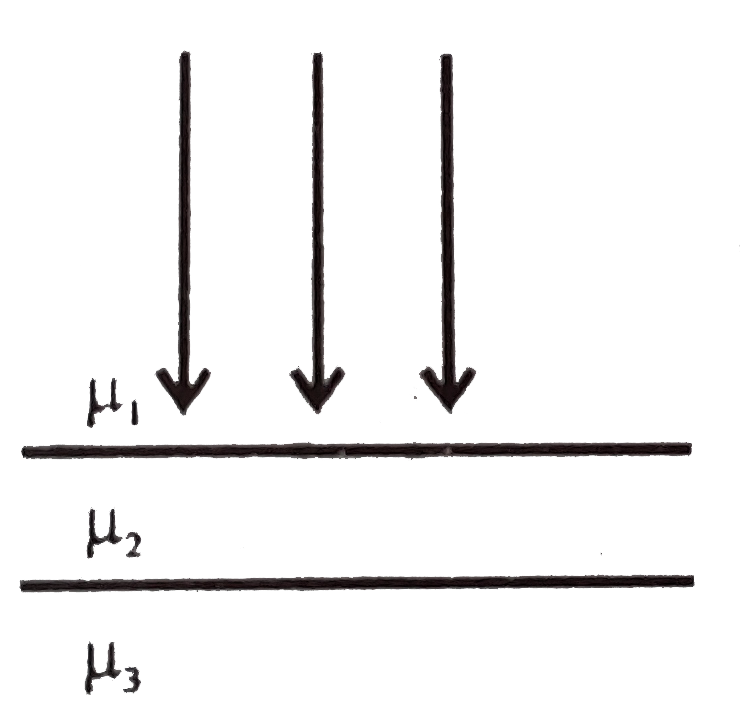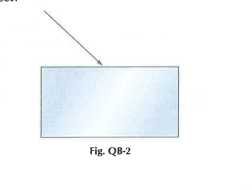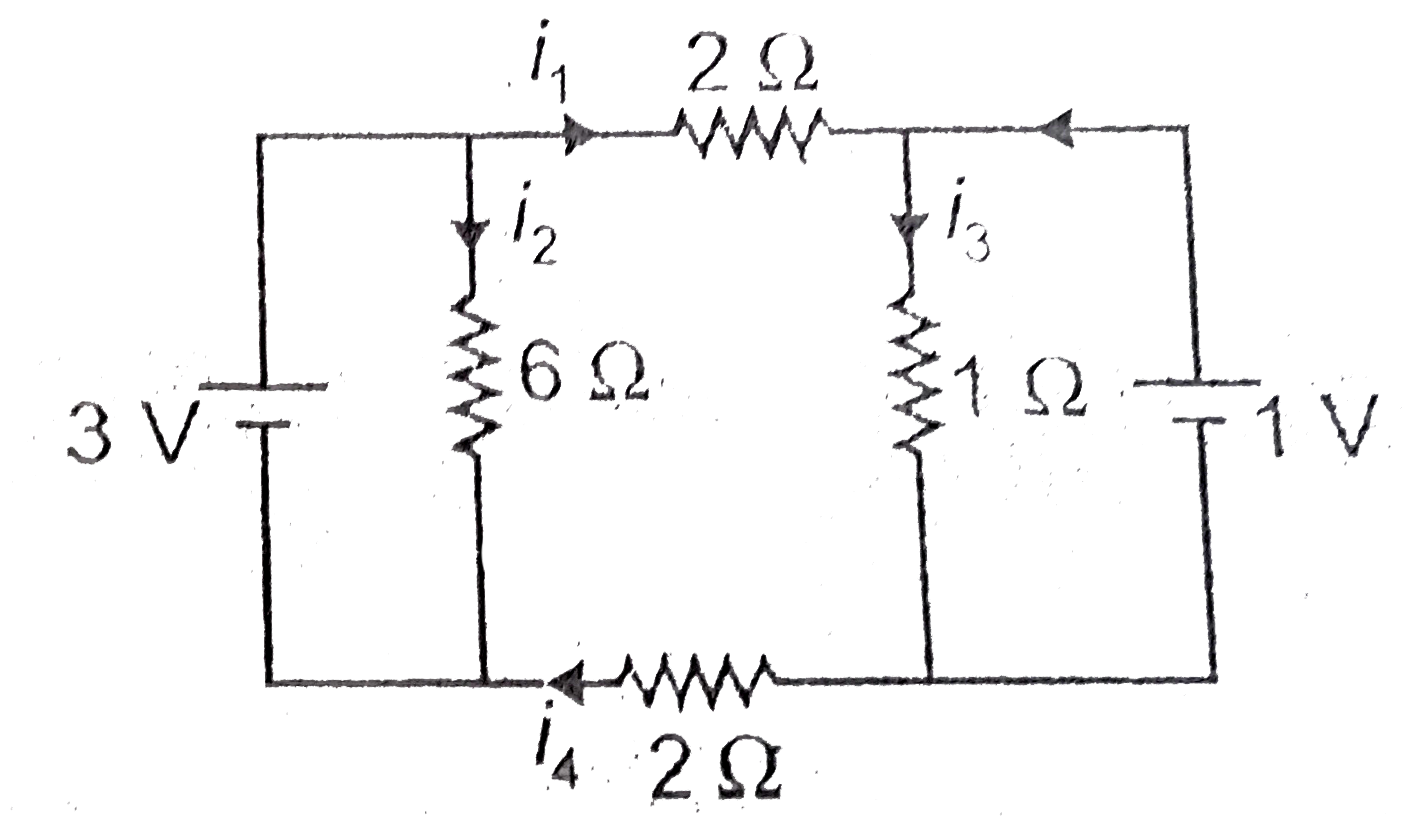Consider a film of thickness L as shown in four different cases belew. Notice the observation of film with perpendicularly falling light. Mark the correct statememt(S).

For (1) and (2), the reflection at film interfaces causes zero phase difference for two reflected rays.
For (2) and (3), the reflection at film interfaces causes a phase difference of π for two reflected rays.
For (1), the film will appear dark, if it is observed through reflected rays from film interfaces.
For (3), the film will appear dark, if it is observed through reflected rays from film interfaces.
The correct Answer is:b.,d
It is better to make a chart for all the four cases which show the phase difference due to reflection at top and bottom surfaces of film.
TopsurfacesBottomsurfacesDue 2LTotalCase I006π6πCase II0π6π7πCase III0π6π7πCase IVππ6π8π.
Topper's Solved these Questions
- WAVE OPTICSBook:CENGAGE PHYSICSChapter:WAVE OPTICSExercise:Multiple Correct
Explore 8 Videos
- WAVE OPTICSBook:CENGAGE PHYSICSChapter:WAVE OPTICSExercise:Assertion- Reasoning
Explore 13 Videos
- WAVE OPTICSBook:CENGAGE PHYSICSChapter:WAVE OPTICSExercise:Subjective
Explore 11 Videos
- THERMODYNAMICSBook:CENGAGE PHYSICSChapter:THERMODYNAMICSExercise:QUESTION BANK
Explore 34 Videos
- WAVESBook:CENGAGE PHYSICSChapter:WAVESExercise:QUESTION BANK
Explore 38 Videos
Similar Questions
Knowledge Check
Consider a case of thin film interference as shown.Thickness of film is equal to wavelength of light in μ2
 AReflected light will be maximum ifμ1<μ2<μ3BReflected light will be maximum ifμ1<μ2>μ3CTransmitted light will be maxima ifμ1>μ2>μ3DTransmitted light will be maximum ifμ1>μ2<μ3
AReflected light will be maximum ifμ1<μ2<μ3BReflected light will be maximum ifμ1<μ2>μ3CTransmitted light will be maxima ifμ1>μ2>μ3DTransmitted light will be maximum ifμ1>μ2<μ3A thin film of specific material can be used to decrease the intensity of reflected light.There is destructive interference fo waves from uppe rand lower surface of the fil,m.These films are called non-reflecting coatings.The process of coating the lens of or surface with non-reflectig film is called bloomingas shown in fig.

Choose the correct statementsABoth 1 and 2 suffer change of π upon relfectionBOnlu 1 suffers a phase change of π upon reflectionCOnly2suffers a phase chagne of π upon reflection.DNeither 1 and2 suffer a phase change upon reflection.Light falls obliquely on the surface of a thick glass slab as shown in the figure. Which statement among the following is correct
 ALight stops at the surface.BLight reflects at the surface but does not refract.CLight refracts at the does not reflectDA part of the light reflects at the surface and a part of it refracts.
ALight stops at the surface.BLight reflects at the surface but does not refract.CLight refracts at the does not reflectDA part of the light reflects at the surface and a part of it refracts.
The figure shows four situations in which light reflects perpendicularly from a thin film of thickness L, with indexes of refraction as given. (a) For which situations does reflection at the film interfaces cause a zero phase difference for the two reflected rays? (b) For which situations will the film be dark if the path length difference 2L causes a phase difference of 0.5 wavelength?

View SolutionA monochromatic beam of light of 6000 Å is used in YDSE set-up. The two slits are covered with two thin films of equal thickness t but of different refractive indices as shown in figure. Considering the intensity of the incident beam on the slits to be I0, find the point on the screen at which intensity is I0 and is just above the central maxima. (Assume that there is no change in intensity of the light after passing through the films.) Consider t=6μm,d=1mm, and D=1m, where d and D have their usual meaning. Give your answer in mm.

View SolutionA monochromatic beam of light of 6000 Å is used in YDSE set-up. The two slits are covered with two thin films of equal thickness t but of different refractive indices as shown in figure. Considering the intensity of the incident beam on the slits to be I0, find the point on the screen at which intensity is I0 and is just above the central maxima. (Assume that there is no change in intensity of the light after passing through the films.) Consider t=6μm,d=1mm, and D=1m, where d and D have their usual meaning. Give your answer in mm.

View SolutionRefractive index of a thin soap film of a uniform thickness is 1.34. Find the smallest thickness of the film that gives in interference maximum in the reflected light when light of wavelength 5360Å fall at normal incidence.
View SolutionRefractive index of a thin soap film of a uniform thickness is 1.34. Find the smallest thickness of the film that gives in interference maximum in the reflected light when light of wavelength 5360Å fall at normal incidence.
View Solution

